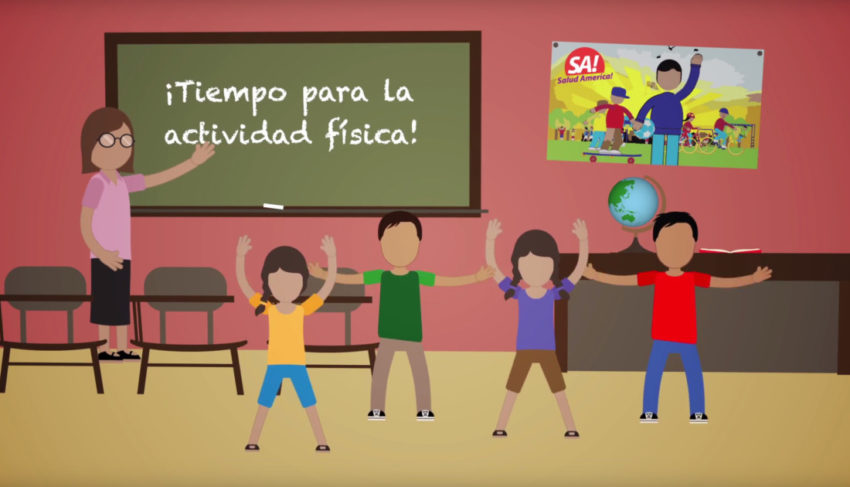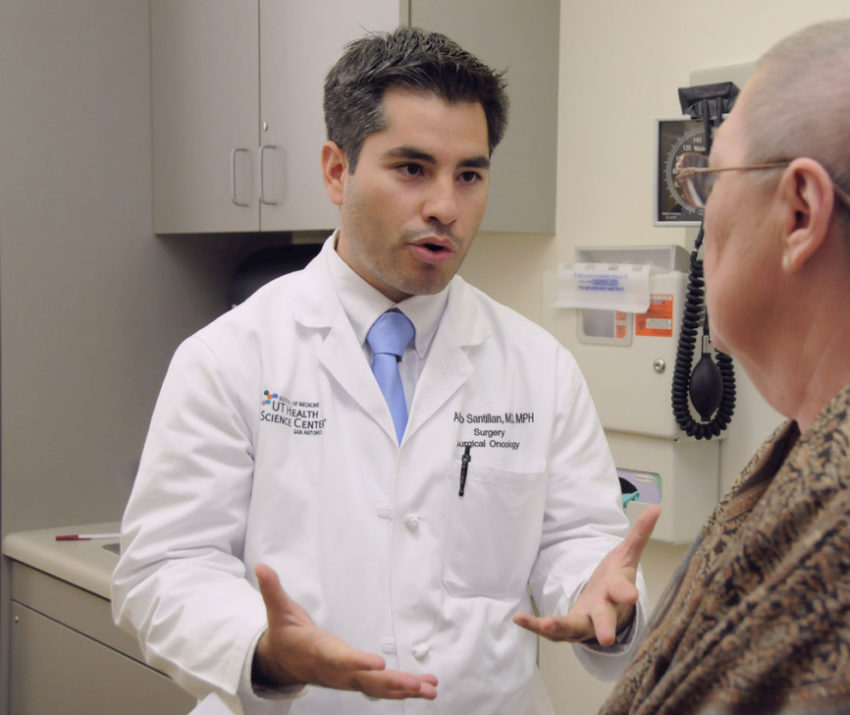Study: Mexico’s Sugary Drink Tax Will Reduce Diabetes, Save $1 Billion in Healthcare Costs

The tax on sugary drinks in Mexico is projected to prevent 190,000 cases of diabetes, 20,000 heart attacks and strokes, and 19,000 deaths among Mexicans ages 35-94 over the next 10 years, according to a new study. The tax will save $1 billion in direct healthcare costs in a decade, the study found. For the study, researchers from UC San Francisco and Mexico created a new simulation model of diabetes and heart disease to make the first long-term projections about the health and economic effects of the tax in Mexico, where 75% of adults are overweight or obese and diabetes rates are extremely high. Mexico adopted a 10% excise tax on sugary drinks in 2014. The tax’s effect on diabetes alone is expected to reduce health care spending on clinic visits and hospitalizations by $983 ...
Read More







